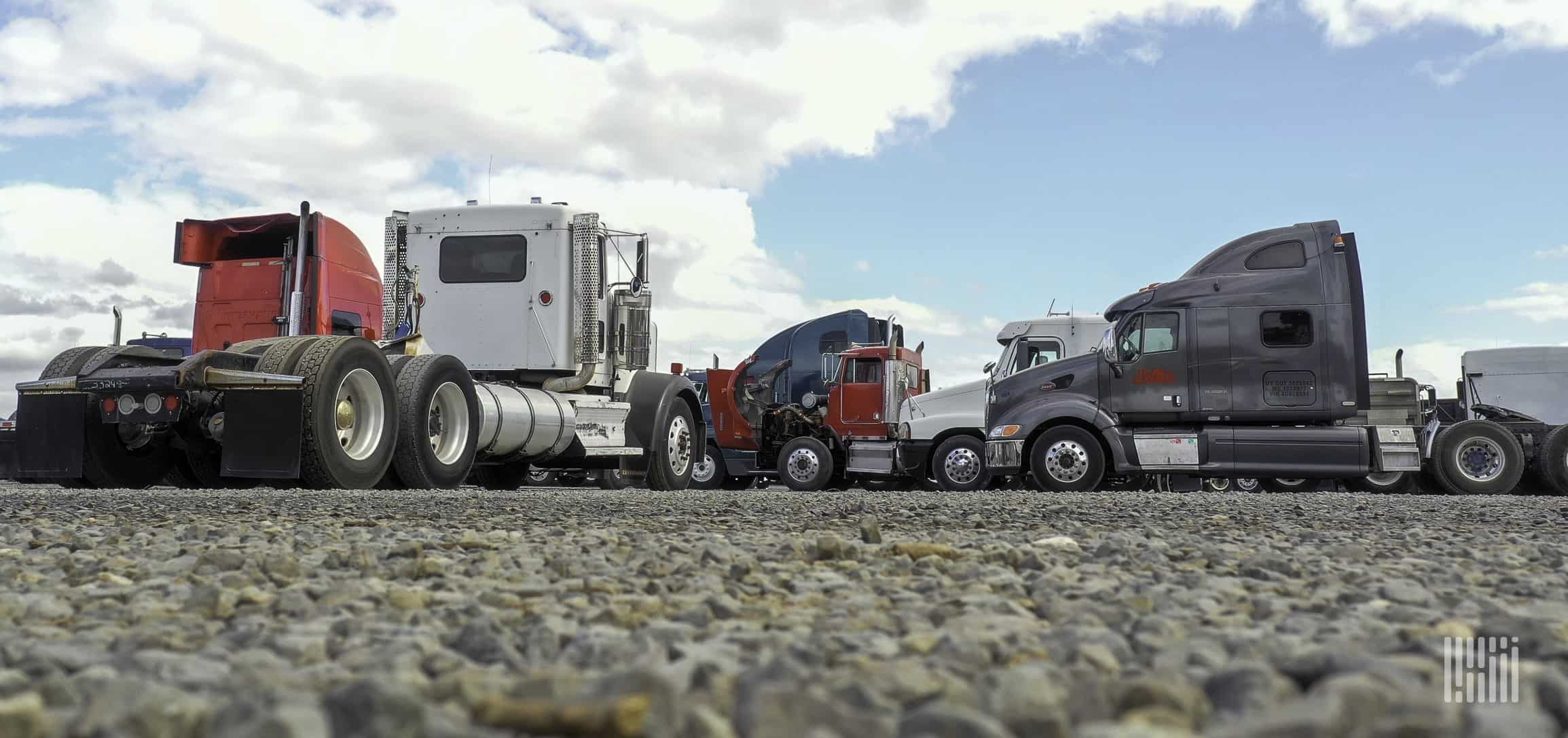In the trucking industry, understanding your financial position is critical, particularly when seeking a loan. This article demystifies the concept of a borrowing base, how it’s calculated, and its implications for your business.
We also dive into alternatives for traditional lending and the benefits they can bring to your business operations.
Borrowing base definition
At its core, a borrowing base is a calculation that tells lenders how much funding they can extend to clients. The formula takes into account the value of collateral provided, typically along with the business’s assets. To facilitate the process, lenders may ask clients to produce a borrowing base certificate, upon which the maximum loan amount is determined.
In asset-based lending (ABL financing), a borrowing base is a significant aspect of the asset based loan agreement, serving as a limit on how much a company can borrow. The borrowing base is essential to ensure that the loan is adequately secured and minimizes the risk to the lender.
Example of a borrowing base
Let’s consider a hypothetical trucking company, “TruckCo,” looking for an asset-based loan to expand operations. The company’s primary assets are its truck fleet and accounts receivable. The lender may decide to lend 75% of the value of the trucks and 80% of the value of the accounts receivable.
If TruckCo’s truck fleet is worth $1 million and its accounts receivable are valued at $500,000, the borrowing base would be calculated as follows:
0.75 * $1 million (trucks) + 0.80 * $500,000 (accounts receivable)
= $1.15 million
Thus, the borrowing base line of credit would be $1.15 million.
How is a borrowing base calculated?
As the example above illustrates, the borrowing base calculation generally involves taking the sum of a certain percentage of different types of assets. This percentage, or “advance rate,” varies depending on the type of asset. More liquid assets, such as accounts receivable, may have higher advance rates.
The borrowing base is usually recalculated regularly based on a borrowing base report or a borrowing base certificate provided by the borrower. This ensures that the lending base always reflects the current value of the company’s assets.
What is a borrowing base certificate?
A borrowing base certificate is a document provided by the borrower to the lender, often on a monthly basis, that details the values of the various types of assets that make up the borrowing base. It may also include information on sales, collections, and inventory, depending on the nature of the business and the specifics of the asset based loan agreement.
This certificate helps lenders to keep track of the borrower’s assets and to make any necessary adjustments to the ABL borrowing base or the borrowing base facility. It also ensures that the borrower abides by the loan covenants agreed upon in the lending contract.
What to look for in a lender
When choosing a lender, trucking companies should look for several key factors to ensure they get the most beneficial terms and a solid financial partnership. Here’s what to consider:
Industry knowledge
The lender should have an in-depth understanding of the trucking industry. They should be aware of industry trends, challenges, and the unique capital needs of a trucking business. A lender with industry expertise can offer more tailored solutions and advice.
Flexible terms
Look for a lender that offers flexible repayment terms and loan structures. This is especially important for trucking companies, which often have fluctuating income due to seasonal business cycles, fuel price changes, and other factors.
Reasonable interest rates
It goes without saying, but finding a lender with competitive interest rates is crucial. The lower the interest rate, the less you’ll pay over the life of the loan.
Transparency
A good lender is upfront about all the fees, charges, and terms associated with a loan. Be wary of lenders who are not clear about these things. You should fully understand what you’re agreeing to before you sign a loan contract.
Fair collateral valuation
As a trucking business, your vehicles and other equipment are likely to be part of your collateral. Look for lenders that offer fair valuations for your assets.
Fast approval and funding process
Time is of the essence in the trucking business. A lender that can process applications quickly and disburse funds promptly can be a great asset.
Good customer service
Finally, good customer service should not be overlooked. You want a lender that will respond promptly to your inquiries, explain things clearly, and be there to support you throughout the loan term.
Remember, choosing the right lender can make a significant difference in the success of your business. Taking the time to research and understand what each lender offers can save you money and headaches down the road.
Consider alternative lending solutions for your business
Beyond traditional banks, alternative business lenders can often offer more flexible terms and processes, which may be beneficial for trucking companies that have fluctuating capital needs. Alternative financing, like asset-based lending, can be an effective way for your business to secure needed funds while leveraging existing assets.
As a trucking company owner, understanding the mechanics of the borrowing base and the potential of alternative lenders is vital. Doing so empowers you to tap into your existing assets, so you can grow and enhance your operations.
FAQ
An asset-based loan is a type of business loan secured by the borrower’s assets. These assets can include inventory, equipment, accounts receivable, and other property owned by the business.
Equipment refinancing is the process of replacing an existing loan with a new one, typically with better terms, using the same equipment as collateral. This strategy can help businesses lower their monthly payments, extend loan terms, or free up cash.
It’s a credit line that a lender extends to a borrower, the size of which is determined by the value of the borrower’s collateral. The collateral is typically composed of various assets, and the borrowing base is adjusted regularly based on their current value.



